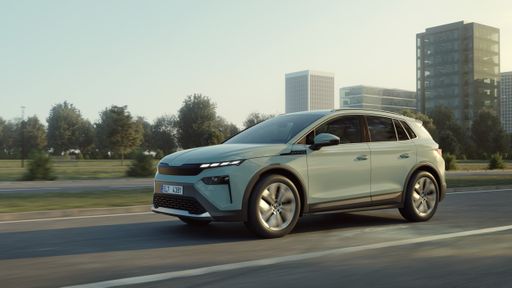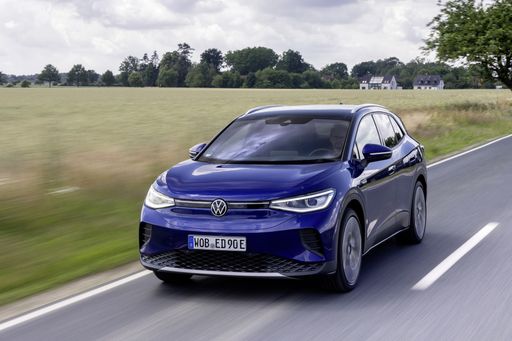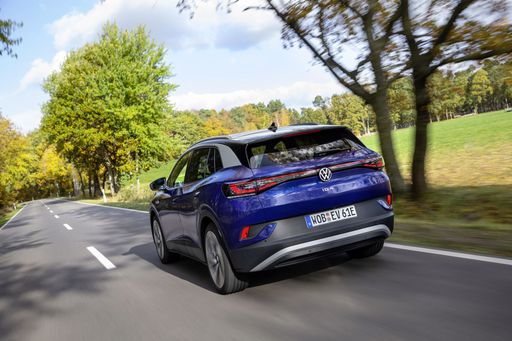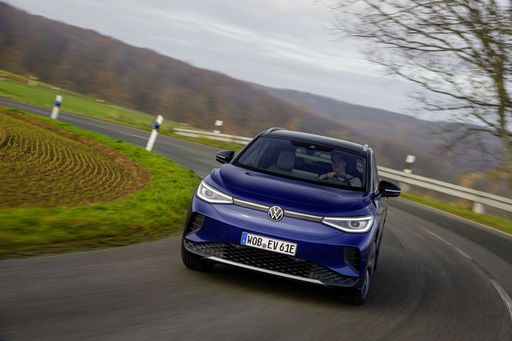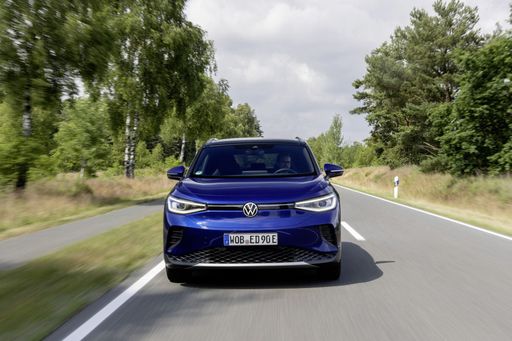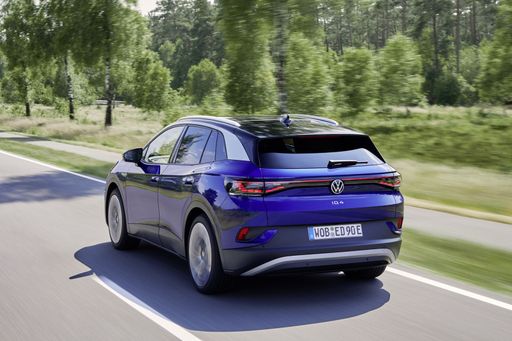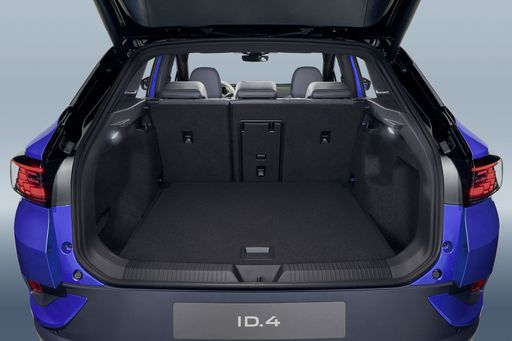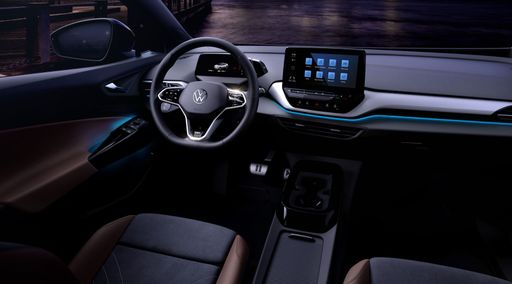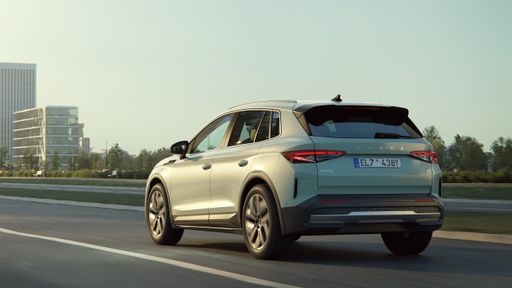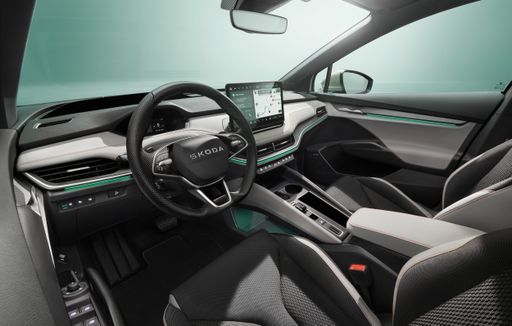VW ID.4 vs Skoda Elroq: A Clash of Electric SUVs
The automotive market is increasingly shifting towards electric vehicles, and in this evolving landscape, two standout contenders have emerged: the VW ID.4 and the Skoda Elroq. Both are electric SUVs that promise not only sustainability but also performance and practicality. But how do they stack up against each other? Let’s dive into a detailed comparison of their technical aspects and innovations.

